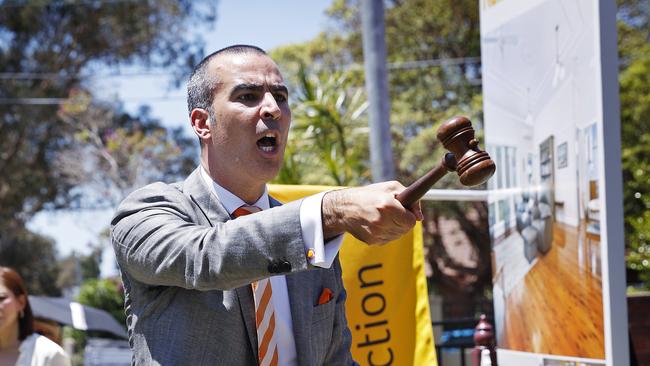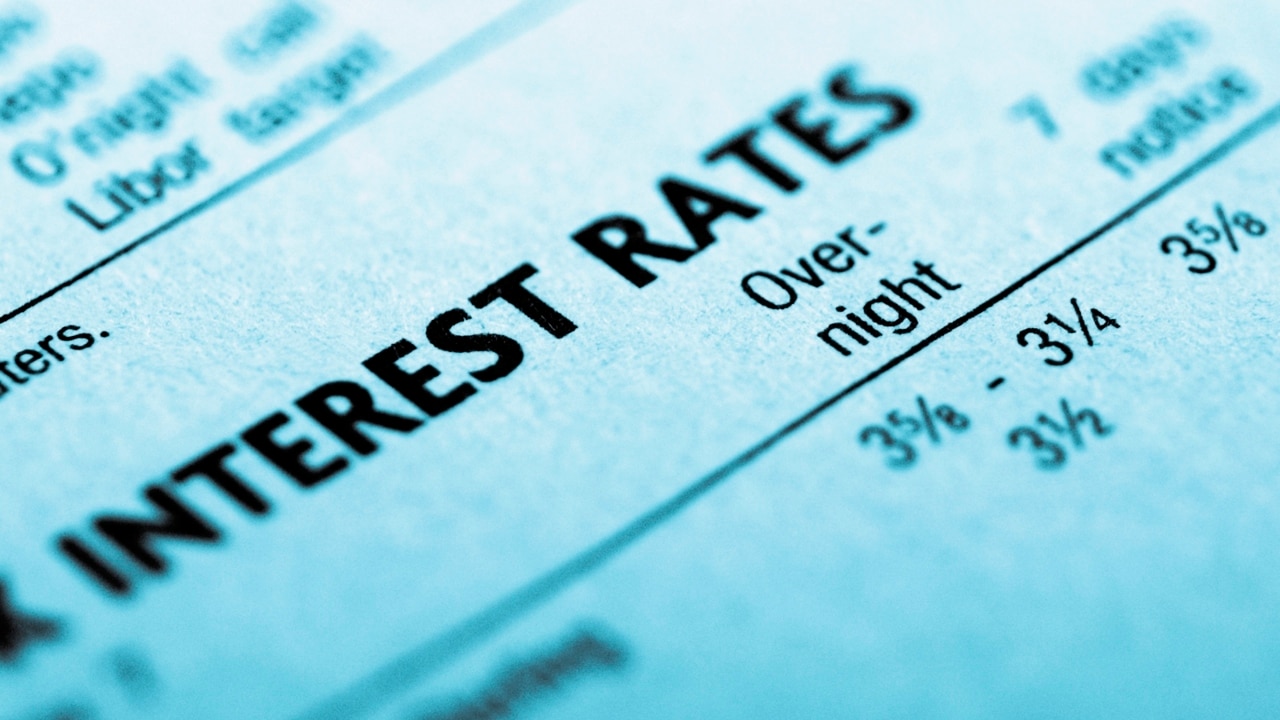First home buyers to pull back as foreign buyers return: NAB
Australia’s housing market won’t fall as far as feared this year and could come back next year.

A key residential housing index has recovered some lost ground in the most recent quarter, but is still relatively weak, as house prices continued to slide at the start of the year.
The impact of higher interest rates and the economic slowdown have prompted first home buyers to pull back heavily in new housing markets and foreign buyers have begun to re-emerge, particularly in NSW.
NAB sees a further small fall in property prices, before they start to take off again in 2024 as rates fall, as the fragile economy requires stimulus.
The bank warned that interest rates are likely to continue to weigh, though strong population growth, a tight rental market and healthy labour market are key offsets.
“Our view is that house prices see a further small fall from here, around -3.5 per cent, and then a period of flat prices which will see prices end the year around 4 per cent lower,” NAB chief economist Alan Oster said.
“This would be a peak-to-trough decline of around 12 per cent, compared with our previous expectation of a decline of around 20 per cent.”
He said the key driver of the decline to date in dwelling prices has been the very big reduction in borrowing power as rates have risen.
“However, stronger population growth, a tight rental market and strong labour market are key offsets,” he said.
The bank expects the economy to start slowing, as the impact of higher rates and inflation weigh on household consumption.
“This will see a deterioration in the unemployment rate, albeit from a very low base, and ultimately see wage growth remain consistent with “at target” inflation.
Therefore, with global factors continuing to wane, inflation will continue to moderate and the RBA is likely to remain on hold after pausing its sequence of cash rate increases in April at 3.6 per cent,” Mr Oster said.
The NAB residential property index, which surveys property executives, recovered slightly to a level of positive 9 points in the first quarter of 2023 but is still well below the survey average (of positive 17 points), and down sharply from the level of positive 58 points at the same time last year.
The bank said that with home values continuing to slide across the country, the positive index result is being supported by solid rental growth.

The average survey forecast for national house prices in the next 12 months is broadly unchanged at -2.3 per cent. Longer-term expectations are also largely unchanged at -0.3 per cent. House prices are expected to fall in Victoria (-3.6 per cent), the ACT (-3.3 per cent) and NSW (-3.2 per cent).
With Australia still experiencing a period of very low rental vacancy and high demand, rental expectations remain elevated, and the average survey forecast is for national rents to grow 4 per cent next year and in two years’ time.
The overall market share of foreign buyers in new property markets rose to 7.9 per cent in the first quarter, underpinned by steep increase in NSW to 16.2 per cent – the highest read since the first quarter of 2015. The share of foreign buyers in Victoria however fell to a two-year low of 4 per cent.
The bank survey showed that construction costs were the biggest constraint for new housing development, with rising rates also becoming a bigger constraint for buyers of existing housing across the country.






To join the conversation, please log in. Don't have an account? Register
Join the conversation, you are commenting as Logout